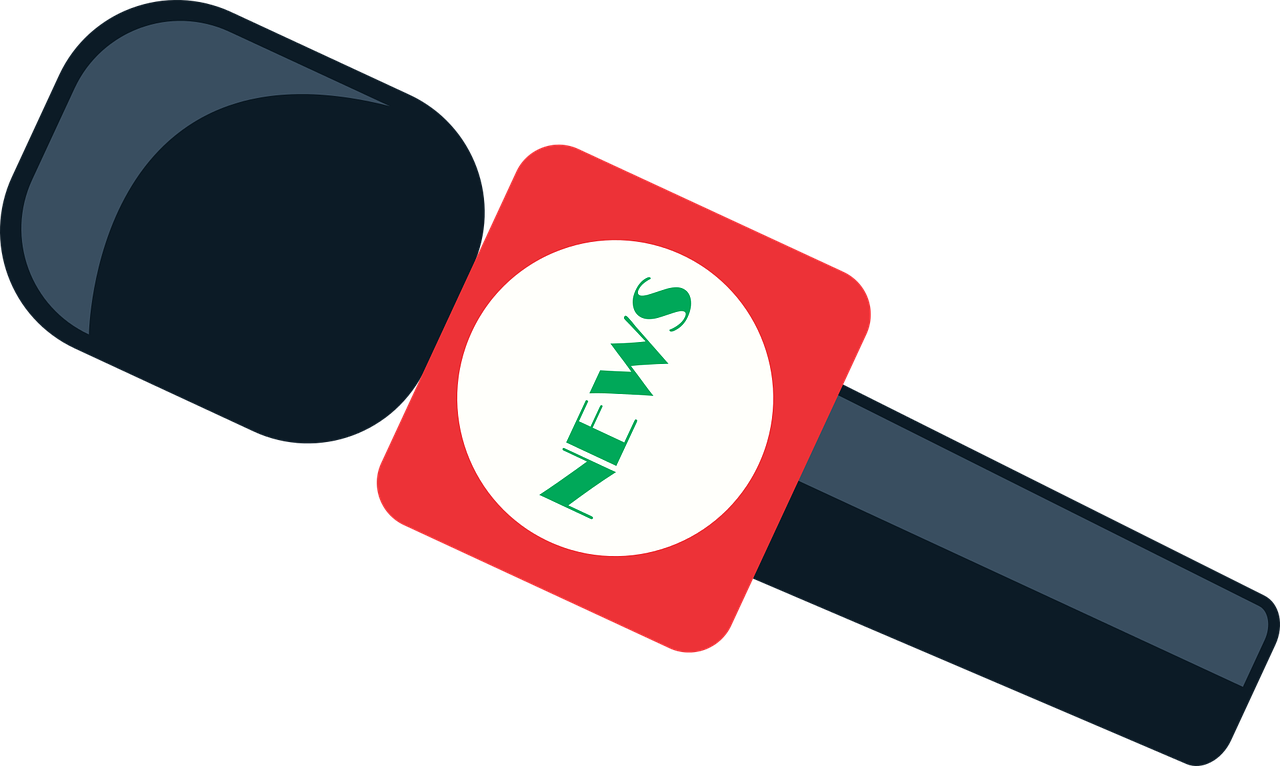
Have you ever wondered how you can take advantage of artificial intelligence to launch your own micro SaaS business without writing a single line of code? You’re not alone! Many people are looking to leverage the power of AI and automation to create side hustles that can generate income. With the right tools and strategies, it’s entirely possible to get started on this exciting journey.

Understanding Micro SaaS
What is Micro SaaS?
Micro SaaS refers to small-scale software as a service business models that target very niche markets. Unlike traditional SaaS offerings that cater to larger audiences, micro SaaS focuses on specific problems faced by smaller groups, allowing you to create solutions with minimal overhead and effort. Think of it as a lean, nimble approach to software development that fits perfectly into today’s busy lifestyles.
Why Choose Micro SaaS?
You might be asking yourself why micro SaaS is appealing. Well, for one, it requires far less capital to start compared to larger SaaS projects. You’re also likely to work with manageable scopes and can quickly pivot based on user feedback. Plus, the rise of AI tools means you don’t have to be tech-savvy to launch your service. That’s a win-win!
The Role of AI in Micro SaaS
Leveraging AI for Your Micro SaaS
AI can streamline various aspects of building and running your micro SaaS business. From customer support to data analysis, AI tools can help automate repetitive tasks, enhance user experience, and save you precious time. For instance, you can use AI-driven chatbots for customer support or AI-powered analytics tools to understand your user base better.
Popular AI Tools You Should Consider
Here are some AI tools that can help you build and manage your micro SaaS:
| Tool | Purpose | Description |
|---|---|---|
| ChatGPT | Customer Support | An AI-based chatbot that can answer customer queries. |
| Zapier | Automation | Connect apps and automate workflows without coding. |
| Canva with Magic Write | Content Creation | Create graphics and write content effortlessly. |
| OpenAI Codex | Code Assistance | Generate code snippets and assist in troubleshooting. |
| Bubble | No-Code Development | Build web apps using a drag-and-drop interface. |
Finding Your Niche
Identifying Problems to Solve
Identifying a specific problem is crucial in launching a successful micro SaaS. You should think about the daily tasks or challenges you and others face. Conduct surveys or engage in forums to find gaps in existing solutions. This will not only inform your product but also help you connect better with your audience.
Researching Your Competition
Once you’ve identified a potential niche, do some homework on your competitors. Look at their offerings, read customer reviews, and analyze what they do well and where they fall short. This competitive research will give you a clear idea of what to include in your own service to stand out.
Designing Your SaaS Solution
Sketching Out Your Idea
Don’t worry about coding just yet! Start with a simple sketch or a wireframe of your idea. What features would you like to include? What will the user interface look like? Using tools like Figma or Sketch can help you visualize your concept efficiently.
Validating Your Idea
Before jumping ahead to build, validate your idea with potential users. This can be done through a simple landing page that describes your product and includes a way for visitors to sign up for updates. A tool like Carrd can help you create a professional-looking page quickly.

Building Your SaaS with No Code
Choosing the Right No-Code Tools
No-code platforms are revolutionizing the way we build applications, and there are several options available tailored for different needs. Here are some popular platforms:
| Tool | Purpose | Description |
|---|---|---|
| Bubble | Web Application Development | Design and develop interactive, multi-user apps without coding. |
| Adalo | Mobile App Development | Build powerful mobile apps with ease. |
| Glide | Spreadsheet-Based Apps | Turn Google Sheets into mobile apps quickly. |
| Thunkable | Cross-Platform App Development | Create apps for Android and iOS without code. |
Templates and Resources
Many no-code platforms offer pre-built templates that can jumpstart your project. Browse their libraries to find a template that fits your vision, and don’t hesitate to customize it to suit your needs.
Using AI For Marketing Your Micro SaaS
Content Marketing Strategies
Creating valuable content to attract your target audience is crucial. Use tools like Jasper or Writesonic to generate blog posts, social media updates, and other marketing materials that resonate with your potential customers. This not only positions you as an authority in your niche but also drives organic traffic to your site.
Social Media Automation
AI tools can help automate your social media marketing as well. Platforms like Buffer or Hootsuite enable you to schedule posts in advance, providing analytics to measure engagement. You can also explore using ChatGPT to generate ideas for posts, manage community discussions, or even respond to inquiries.

Setting Up Customer Support
Implementing AI Chatbots
Setting up a customer support system doesn’t have to be a heavy lift. Using AI chatbots like ChatGPT can significantly enhance your customer service experience. These bots can provide 24/7 assistance, answering common questions and freeing you up to focus on other aspects of your business.
Gathering Feedback
Don’t forget to gather user feedback regularly. A simple survey can help you identify areas for improvement in your service. Use tools like Google Forms or Typeform to create user-friendly surveys that keep your user base engaged.
Monetizing Your Micro SaaS
Pricing Models to Consider
Deciding how to monetize your service is crucial for its sustainability. Here are a few pricing models you could consider:
| Model | Description |
|---|---|
| Subscription | Charge users a recurring fee for ongoing access. |
| Freemium | Offer basic features for free, advanced features at a price. |
| One-Time Payment | Charge a flat fee for lifetime access to the service. |
| Tiered Pricing | Different levels of pricing for varying feature sets. |
Testing Your Pricing Strategy
Initially, you may want to test your pricing model with select users. Offering early bird discounts or exclusive features can help convert initial sign-ups and generate buzz around your product.

Scaling and Growing Your Micro SaaS
Expanding Feature Sets
Once you’ve established your micro SaaS and have a steady user base, consider expanding your range of features based on user feedback. Regularly update your product and communicate changes clearly to your users.
Networking and Partnerships
Building relationships within your industry can significantly propel your business growth. Join relevant online communities, attend webinars, or collaborate with influencers to increase your visibility. Networking can provide both mentorship and potential business opportunities.
Managing Your Micro SaaS
Setting Up Analytics
Tracking user behavior is essential for the ongoing success of your micro SaaS. Use tools like Google Analytics or Mixpanel to understand how users are interacting with your service. This valuable data will inform future development and marketing efforts.
Maintaining Your Service
Regular maintenance ensures that your service runs smoothly and is free of bugs. Make sure to have a plan in place for monitoring your service’s performance and addressing any issues that might arise.

Conclusion: Your Journey Ahead
Launching a micro SaaS without coding is more attainable than you might think. By leveraging AI tools and no-code platforms, you’re already at the forefront of an evolving landscape where technology makes entrepreneurship accessible to everyone. Remember, the key is to stay adaptable and open to feedback as you embark on this exciting journey. With determination, creativity, and the right strategies, you can turn your micro SaaS idea into a thriving business that not only generates income but also solves real problems.
As you move forward, keep these insights in mind, and remember to enjoy the journey. Your micro SaaS could be the next success story in the making!
Leave a Reply